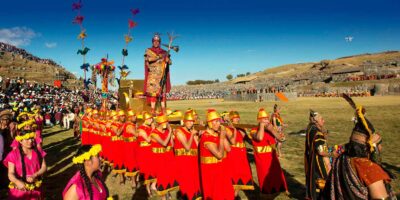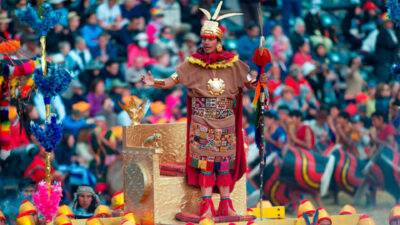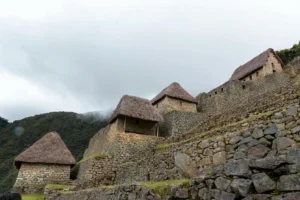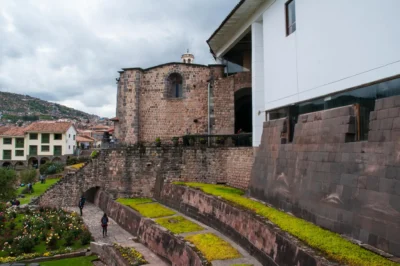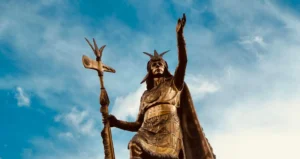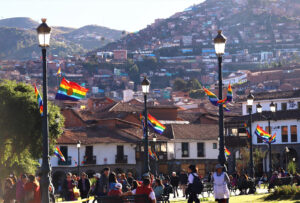The economy of the Inca Empire was highly organized and functioned efficiently. It was based on a system of collective labor and self-sufficiency, allowing the Incas to manage resources across a vast territory, from Colombia to Chile.
Despite lacking monetary systems or markets similar to today’s, the Incas managed to establish a robust economy through bartering and the exchange of goods, complemented by a hierarchical organization of labor.
At Machu Picchu Wayna, we will explore how the Inca economy was organized, from agriculture and livestock to artisan production, roads and storage, and its legacy today.
Organization of Labor in Inca Society
Forms of Labor
The organization of labor was the foundation of the Inca economy; all inhabitants of the empire had a specific role and contributed to the well-being of the community. There were three main forms of labor in the Tahuantinsuyo: minka, mita, and ayni.
Minka
The minka was a system of voluntary and reciprocal communal labor. Members of an ayllu (community) would come together to carry out tasks for the benefit of all. These tasks could include building irrigation canals, agricultural terraces, roads, homes, and public buildings. The minka was not only a way to organize work but also a space to strengthen social ties and reaffirm community identity.
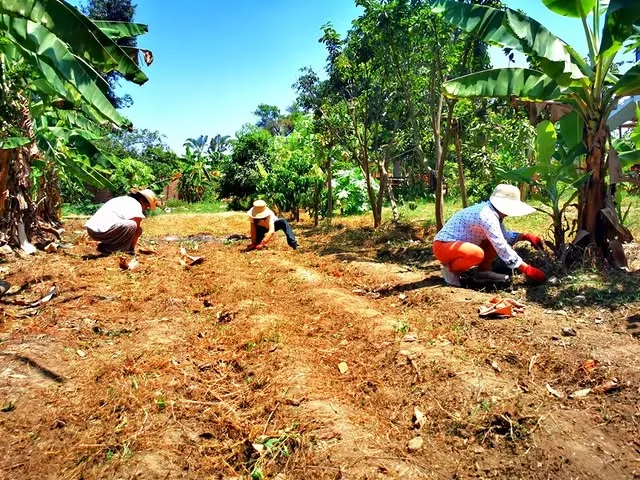
Mita
The mita was a system of mandatory labor imposed by the Inca state. Men were selected in shifts to perform specific tasks, such as the construction of large public works, mining, military service, or administrative work. Although it was compulsory, the service time was limited, and workers were provided with food and accommodation.
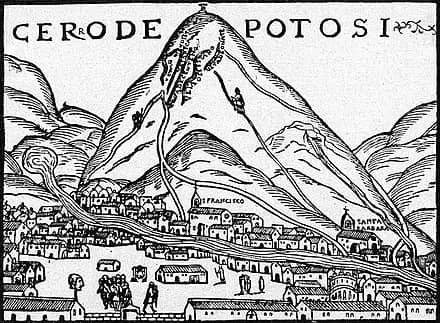
Ayni
The ayni was a system of mutual aid between families, based on reciprocity and solidarity. Members of an ayllu would help each other with various tasks, such as agricultural work, house construction, personal care, and more. The ayni system was flexible and adaptable to the needs of each family.
The collective labor system allowed villages to produce and store enough food and resources to meet their needs and contribute to the empire.
Agriculture as an Economic Pillar
Agriculture was the foundation of the Inca economy and the primary source of support for their communities. Due to their ability to adapt to the environment and develop advanced techniques, the Incas were able to produce food in various geographical conditions, which was essential for such a vast empire.
Advanced Agricultural Techniques
The Incas were true masters of agriculture, developing techniques to cultivate in the varied geography of the Andes. These techniques allowed them to make the most of natural resources and ensure the food supply for their empire.
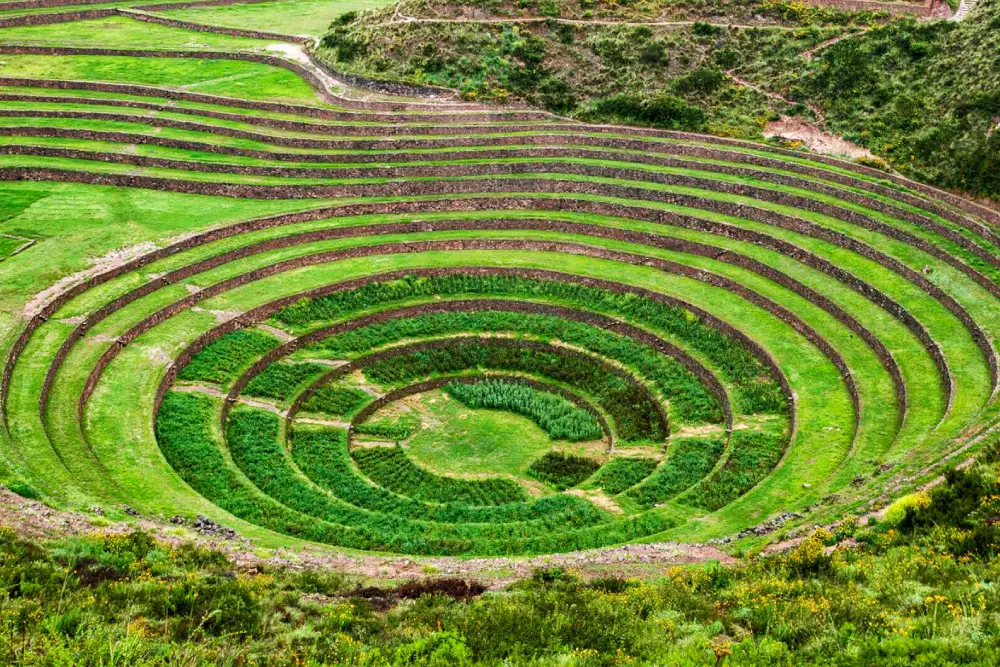
Some of their most notable techniques were:
- Terraces (Andenes): These terraces, built on the slopes of mountains and often supported by stone walls, provided flat surfaces for cultivation on sloped terrain. The terraces not only allowed the use of land that would otherwise be unproductive but also helped conserve soil and water.
- Waru Waru: This technique involved creating raised beds surrounded by water channels. The waru waru regulated soil temperature, protected it from frosts, and improved drainage, allowing for more abundant crops even in areas with high humidity.
- Irrigation Systems: The Incas developed systems of canals, ditches, and reservoirs to bring water from rivers and glaciers to their fields. These systems allowed them to control irrigation and ensure a water supply during dry periods.
- Natural Fertilizers: The Incas used natural fertilizers such as guano (bird droppings) and manure to enrich their soils and increase agricultural production.
- Crop Rotation: To maintain soil fertility, the Incas practiced crop rotation, planting different species on the same land in successive cycles.
These techniques, combined with knowledge of plants and natural cycles, allowed the Incas to cultivate a wide variety of products, such as potatoes, corn, quinoa, and more. Their ability to adapt agriculture to the environmental conditions of the Andes was essential to their success.
Main Crops and Their Importance
Los incas cultivaban una gran variedad de productos adaptados a cada región. Entre los cultivos principales:
- Papa: Fue el cultivo más importante y versátil. Los incas desarrollaron más de 200 variedades, adaptadas a diferentes altitudes y climas. La papa era un alimento básico y se consumía de diversas formas, como sancochada, en guisos o deshidratada (chuño).
- Maíz: Si bien no era tan abundante como la papa, el maíz tenía un gran valor simbólico y ceremonial. Se utilizaba para la elaboración de chicha (bebida fermentada), y sus granos se molían para hacer harina.
- Quinoa: Este pseudocereal era muy apreciado por su alto valor nutricional. Se consumía como grano, harina o en sopas. La quinoa era considerada un alimento sagrado y se ofrecía en ceremonias religiosas.
- Oca, mashua y olluco: Estos tubérculos eran complementarios a la papa y se consumían de forma similar. Tenían diferentes propiedades nutricionales y eran adaptables a diversas condiciones climáticas.
- Frijol: Era una leguminosa importante en la dieta inca, rica en proteínas y otros nutrientes. Se consumía fresco, seco o en guisos.
- Algodón: Además de ser utilizado para la fabricación de textiles, el algodón tenía un gran valor simbólico y era utilizado en ceremonias religiosas.
- Coca: La hoja de coca era muy apreciada por sus propiedades estimulantes y medicinales. Se masticaba para combatir la fatiga y el hambre, y se utilizaba en ceremonias religiosas.
Esta diversidad de productos permitió a los incas tener una dieta equilibrada y disponer de recursos para realizar intercambios con otras comunidades.
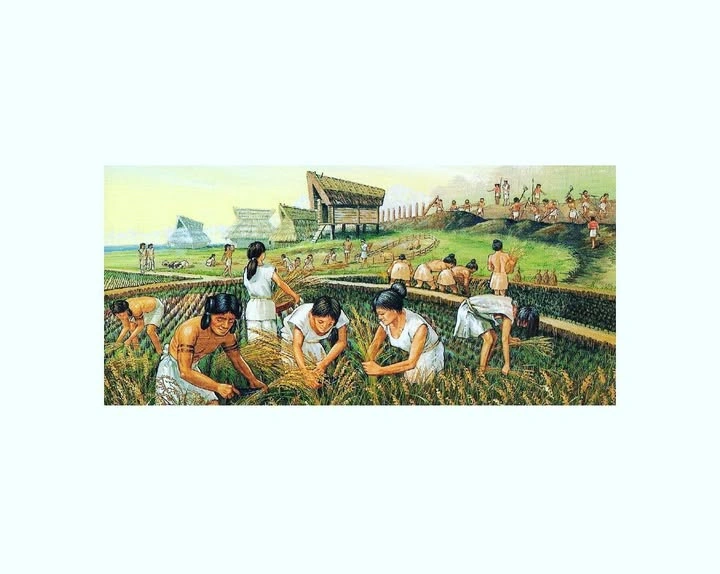
Herding and Livestock in the Inca Empire
Livestock farming, particularly of Andean camelids, complemented agricultural activities. Llamas and alpacas not only formed a daily part of everyday life but also played a vital role in Inca economy and culture.
Andean Camelids
The Incas considered llamas and alpacas as fundamental animals. Llamas were primarily used as pack animals, capable of transporting agricultural products and goods along the empire’s roads. This facilitated the exchange and movement of resources between regions. On the other hand, alpacas were raised for their wool, which was used in the production of textiles.

These animals were ideally suited to the climatic and altitude conditions of the Andes, making them perfect candidates for life in the empire. Additionally, llama and alpaca meat was transformed into charqui (dried meat), which was consumed during military expeditions and as a reserve food.
Derivatives and Their Use in the Economy
The products obtained from Andean camelids, such as wool, leather, and charqui, played a significant role in the Inca economy. The wool was used in the production of textiles for clothing and ceremonial items, while charqui helped preserve meat for extended periods. The full utilization of these animals highlights how the Incas managed to make use of every resource in their environment.
Artisan Production and Trade
In addition to agricultural and livestock activities, artisan production played an important role in the Inca economy. Textiles and pottery were essential in daily life and ceremonies, and their trade strengthened business relationships.
Textiles and Pottery
Textile production was a highly valued art in Inca culture. Using alpaca fibers and cotton, the Incas crafted textiles of excellent quality and design, which represented social status and were given as tokens of gratitude. Textiles not only served as clothing but also held symbolic meaning in religious rituals and political events.
Pottery also played an important role, with the Incas creating a wide range of containers and utensils adorned with geometric designs and animal figures. These ceramic items were not only practical but also served ceremonial and cultural purposes.
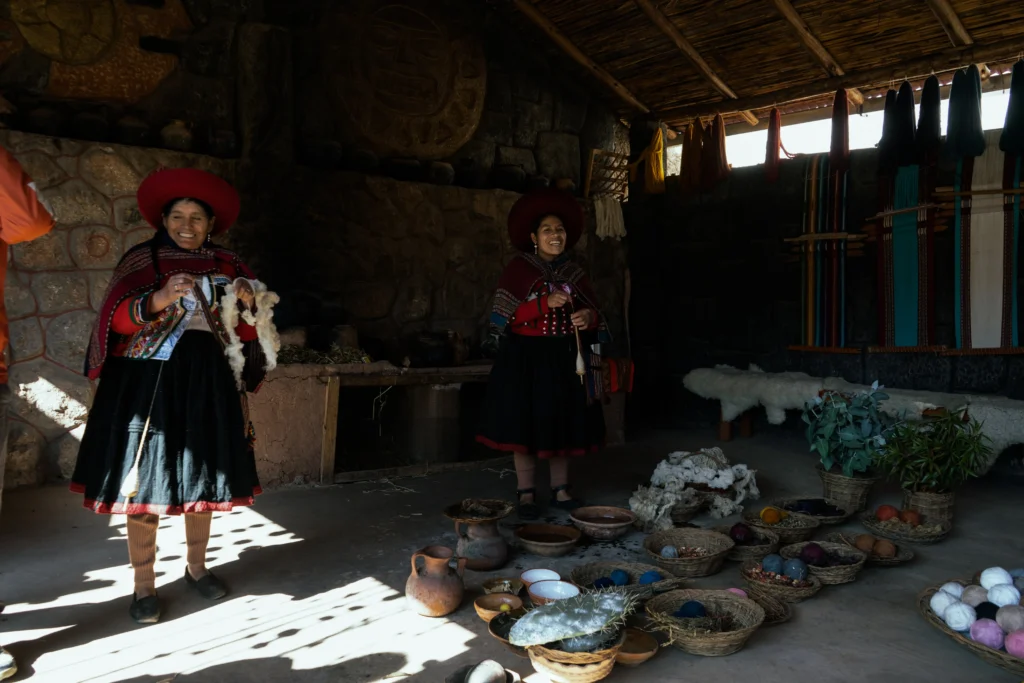
Barter Systems and Local Markets
Bartering was the foundation of Inca trade, as there was no currency. In local markets, communities exchanged agricultural goods, textiles, ceramics, and other essential items for daily life. These markets served as places to strengthen ties between communities, and the exchange ensured equitable access to resources and products.
In addition to local markets, the Incas had a tax system through which villages contributed to the empire. On the other hand, the government provided resources during emergencies, such as periods of drought or poor harvests.
Economic Infrastructure: Roads and Storage
To maintain a functional economic system across such an extensive territory, the Incas developed an advanced infrastructure of roads and storage facilities.
Road Network: Facilitating Trade and Administration
The Qhapaq Ñan, also known as the network of routes of the Tahuantinsuyo, connected the most important regions of the empire. These roads allowed for the transportation of individuals, resources, and messages, and facilitated administrative and military oversight. This network was used by the chasquis, or Inca messengers, to transmit news and information between Cusco and the provinces.
This road network, which included bridges and tunnels, represented sophisticated engineering work that promoted the unity of the empire and encouraged economic and cultural exchange.
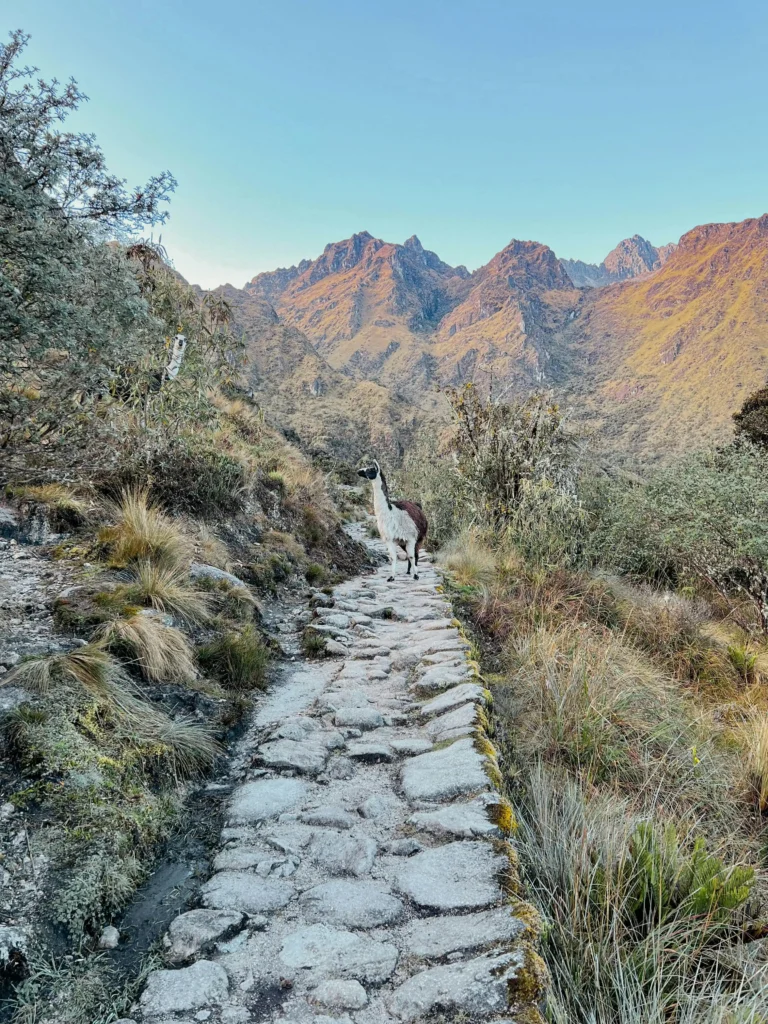
Tambos and Colcas: Storage and Distribution Centers
Tambos functioned as resting and supply points along the routes, where both travelers and the military could acquire food and resources. Colcas, also known as storage facilities, were used to store surplus agricultural products and textiles. These reserves were managed by the government and were used to distribute food and other resources during periods of scarcity.
Inca Economic Legacy Today
The effect of the Inca economy on contemporary agriculture and craftsmanship in the Andes is clear. Agricultural practices, such as the use of terraces and the domestication of camelids, continue to be common in the region. The Inca textile tradition is also reflected in modern craftsmanship, where ancient patterns and methods are still in use.
Influences on Modern Agriculture and Craftsmanship
The terracing method is still used in Andean agriculture, with many farmers in the area applying ancient knowledge to preserve the productivity of their lands. The variety of crops, such as potatoes and quinoa, remains a relevant resource for both local consumption and export.
In contemporary craftsmanship, Andean textiles and pottery continue to represent the traditional styles and patterns of Inca culture. These customs have endured through generations, preserving the economic and cultural heritage of the Tahuantinsuyo.
